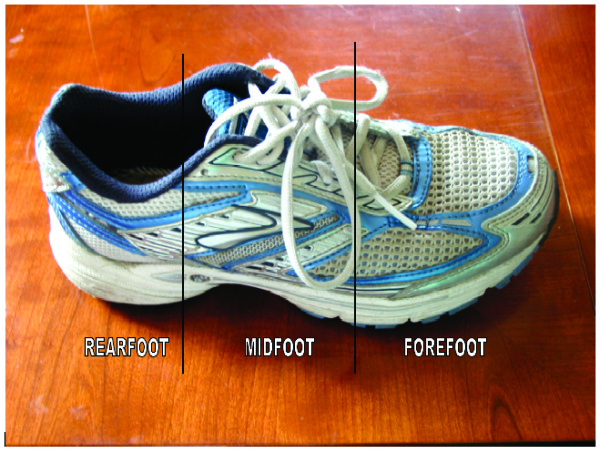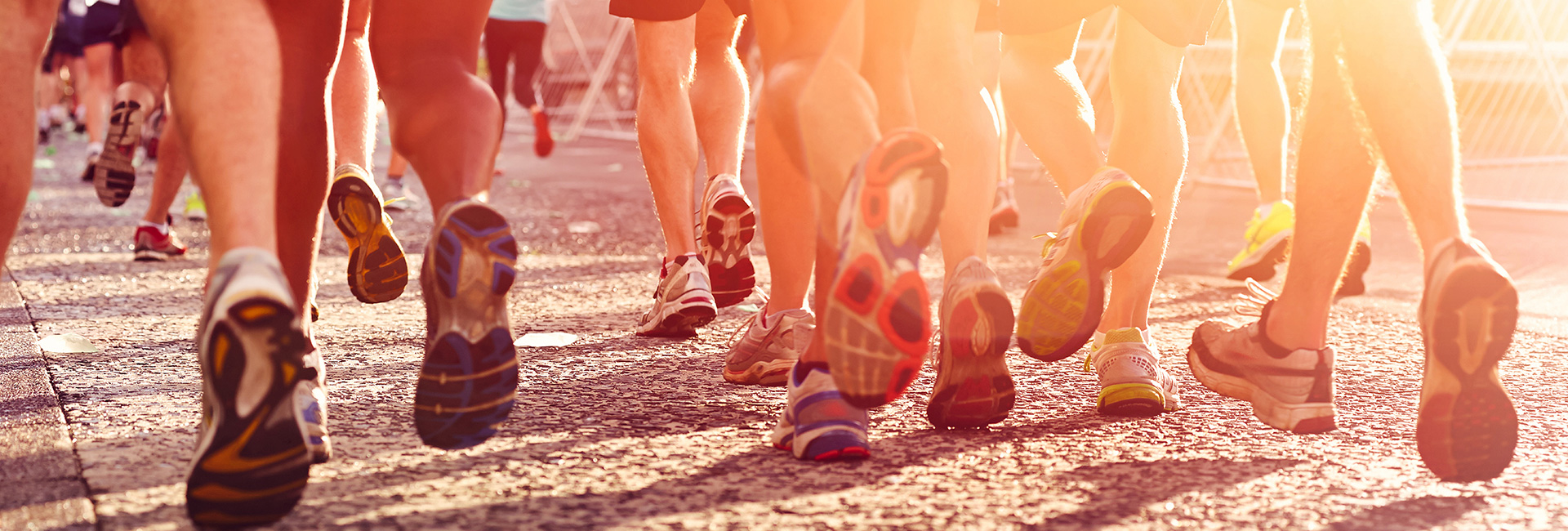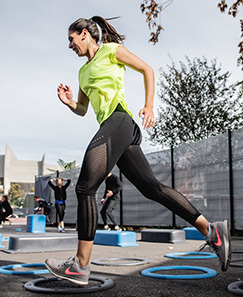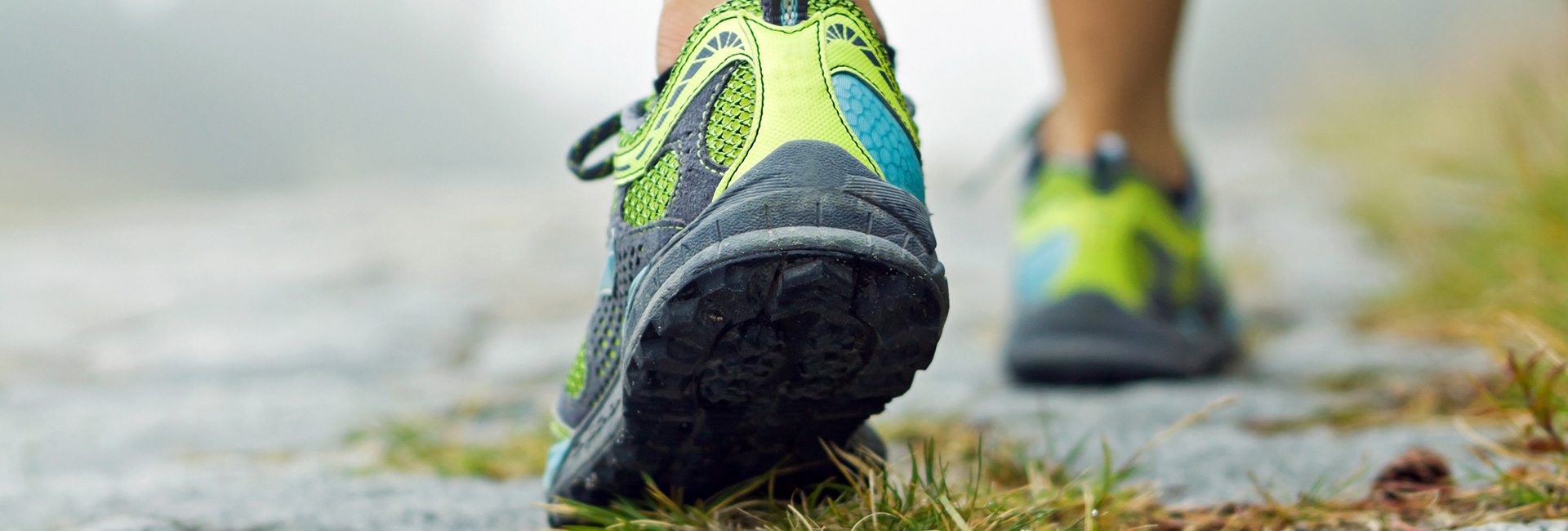Shoes are designed to meet the demands of certain functions. Standing and walking are the two most common functions, but others may include running, dancing, hiking (including through water), and even lounging! So as a result, the shoe needs a construction that serves that activity.
Support in a shoe is for joint and tissue protection. Proper support also promotes balance and stability. As shoes have evolved, designers have paid close attention to the three parts of the shoe that relate to three stages of support occurring in walking and running. These are early, mid, and late stance.
- Rearfoot: The heel and rounded back, called the counter.
- Forefoot: The rocker shaped front, which is the last part of the shoe to be on the ground when you leave the foot.
- Midfoot: The arch region between the heel and forefoot.
For proper support in walking or running shoes, you need a balance between firmness and cushioning. The rearfoot needs a firm heel counter to hold the heel straight as you impact the floor. The midfoot needs to guide and control your body’s weight as you transfer toward the front of the shoe. Therefore, the midfoot ought to resist twisting.

To test this, hold the sole of the shoe at the rearfoot and forefoot and try to twist the midfoot section.
The forefoot of a shoe is key to proper fit and propulsion. Toes need a length and depth that are just right, and a shape, thickness, and flex of the sole that provides a good sense of balance, guidance, and protection from undue pressure.
Most importantly, the shoe should be tested by simulating the activity you plan to wear it for.
Shoe stability categories:
As the construction of shoes for walking and running has become more sophisticated, designers have targeted specific foot types and motion patterns to be matched with one of three shoe types.
- A motion control shoe is very firm and helps add support to overly flexible or poorly aligned legs and feet.
- A cushioning shoe substitutes softness for support and cradles your weight and foot structure. This can be very helpful for arthritis, a rigid foot structure, or someone with areas of sensitivity to high pressure.
- A neutral shoe combines elements of both of the other two shoe types with a firm heel counter and good stability in the midfoot (without too much stiffness) and a nice quantity of cushion at the heel and forefoot where high pressure can be a problem.

Volume —
No two feet are exactly alike. Like shoulders, noses, and ears, some are large, medium, and small. Good shoe fitters take not only your foot shape (high, medium, and low arched) into account, but also your volume, and leave it to you to tell them if the fit feels just right.
You likely have a pair of shoes in your closet now that are the right length and generally correct in width, but they may feel tight or sloppy and loose. This is a volume issue. Loose shoes contribute to blisters, sprains, and arch collapse while excessively tight shoes can contribute to corns, calluses, toe deformities, and abnormal patterns of walking.
Your Shoe’s “Last” —
By looking at the sole of any shoe, running or otherwise, you can get an idea of the shape of the mold, called the “last,” it was built around. Three versions exist: straight, semi-curved, and curved. They mimic foot types, as not all feet are designed with the same shape.
One type best suits your feet and your feet’s needs if correction is in order. Working with a shoe supplier with a strong community reputation that expertly trains its staff is critical and will make your feet and body happy. The time and money are well worth the investment!
Shoes matter!
Shoes are probably one of the most important investments you can make in your health. By knowing better what to look for, you’ll be sure to have happy feet! Therapeutic Associates physical therapists will be happy to look at your shoe choices and discuss proper shoe options with you. Just ask!


